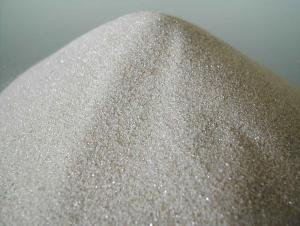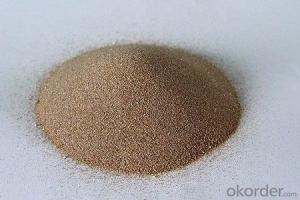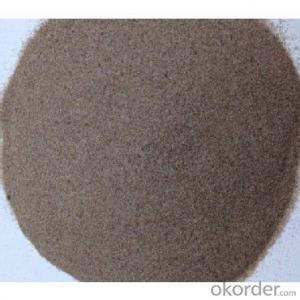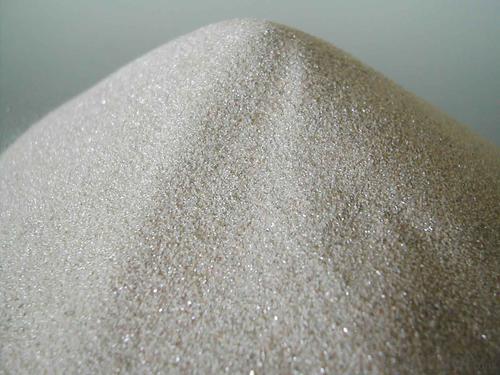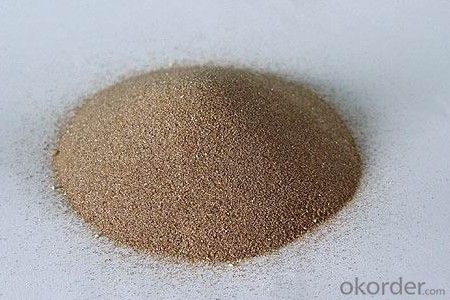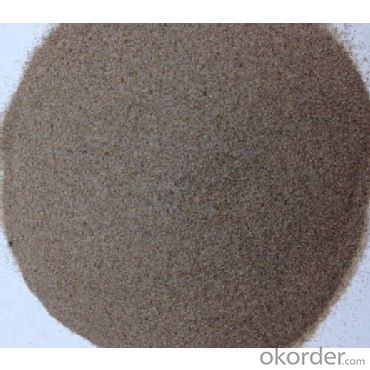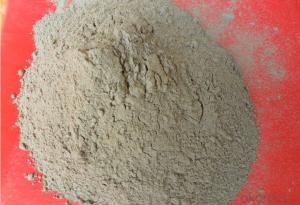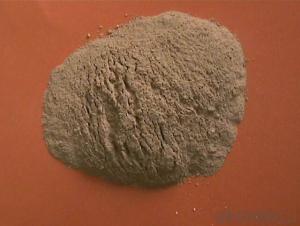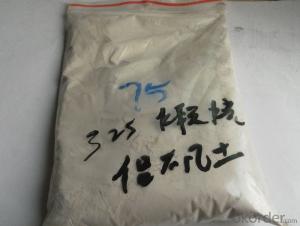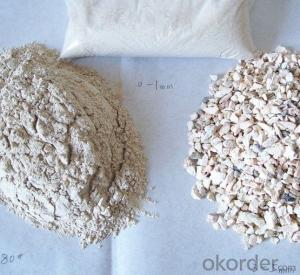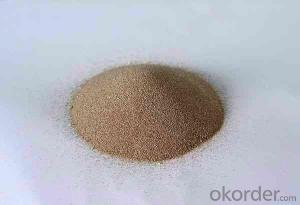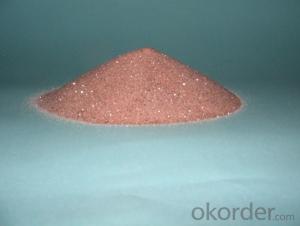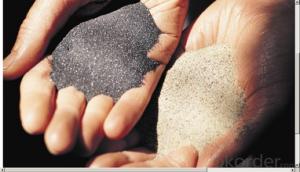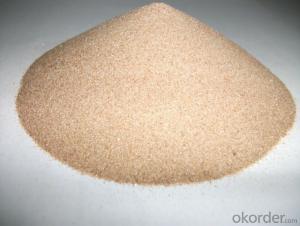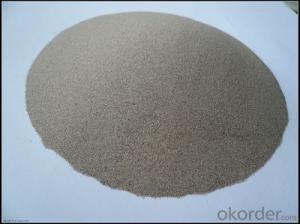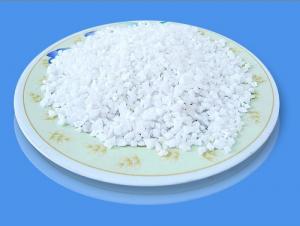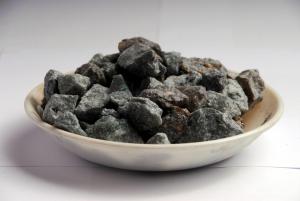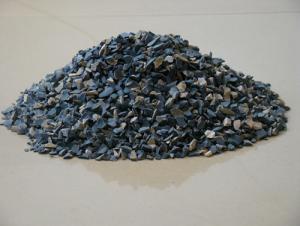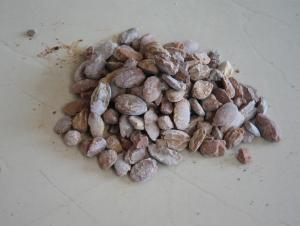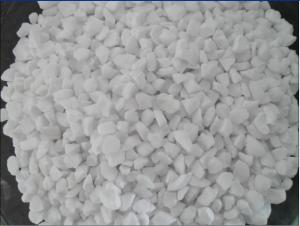High Grade Raw Materials for Refractory:Zircon Sand and Zircon Powder
- Loading Port:
- Tianjin
- Payment Terms:
- TT OR LC
- Min Order Qty:
- 25 m.t.
- Supply Capability:
- 3000 m.t./month
OKorder Service Pledge
OKorder Financial Service
You Might Also Like
High Grade Refractory Material/ Zircon Sand and Zircon Powder Good Quality
1.Structure of Zircon Sand and Zircon Powder
We are offer zircon sand With Below Mention Descriptions: ZrO2 65 - 67 %. We are offer zircon sand With Below Mention Descriptions: ZrO2 65 - 67 %. Zircon is a remarkable mineral, if only for its almost ubiquitous presence in the crust of Earth. It occurs in igneous rocks as primary crystallization products, in metamorphic rocks and in sedimentary rocks as detrital grains.
Further, the mineral due to hardness, durability and chemical inertness, zircon persists in sedimentary deposits and is a common constituent of most sands.
2.Main Features of Zircon Sand and Zircon Powder
The zircon sand is mineral mainly containing ZrSiO4.
The pure zircon sand is a kind of colorless and transparent crystal and shows different colors such as
yellow, orange, red and brown due to different origins, types of impurities and content, and also coexists in
beach sand with ilmenite, rutile, monazite,etc. the zircon sand can be separated benificiation process.
3.Main usage of Zircon Sand and Zircon Powder
Shell moulds and cores for casting gray, Malleable and nodular cast iron, alloyed steel and carbon steel, non-ferrous metals, etc
4. Zircon Sand and Zircon Powder Images
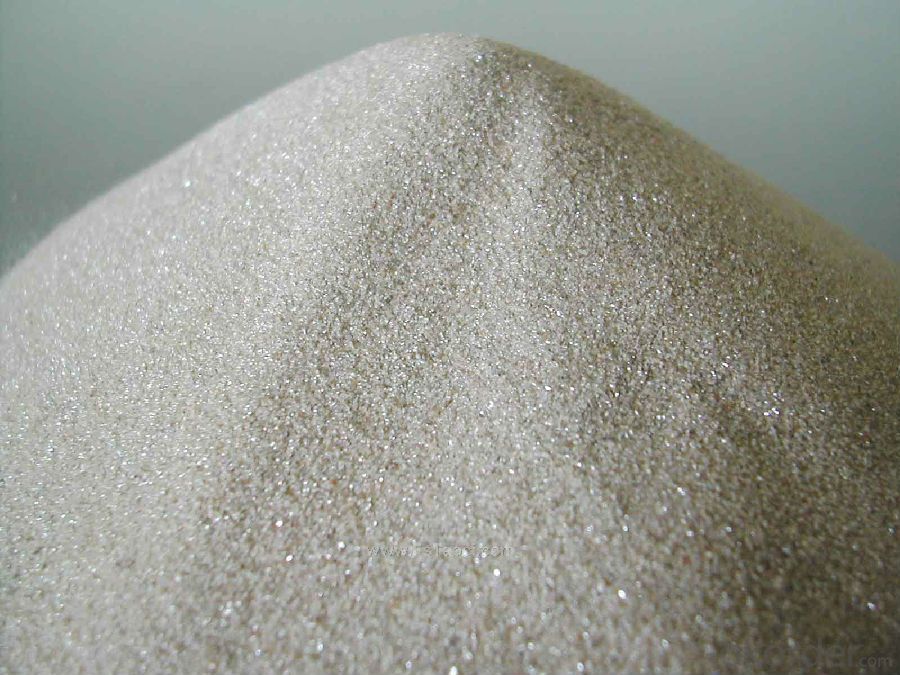
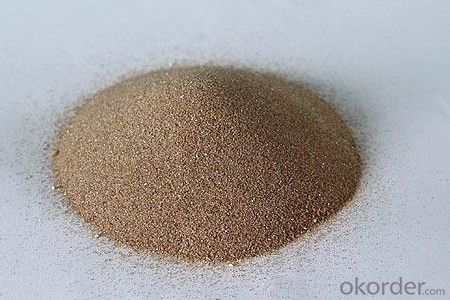
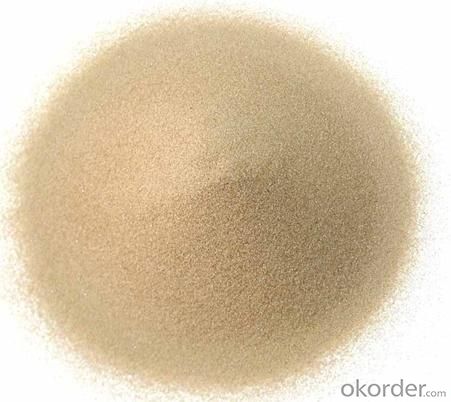
5. Zircon Sand and Zircon Powder Specification
Item | SY8 | SY6 |
Zr Content (ZrO2) | ≥66% | ≥65.5% |
Fe Content (Fe2O3) | ≤0.08% | ≤0.12% |
Ti Content (TiO2) | ≤0.10% | ≤0.10% |
6.FAQ of Zircon Sand and Zircon Powder
1). Q: Are you a factory or trading company?
A: We are a factory.
2). Q: Where is your factory located? How can I visit there?
A: Our factory is located in China. You are warmly welcomed to visit us!
3). Q: How can I get some samples?
A: Please contact me for samples
- Q: What are the fire endurance requirements of class A fire resistant door ?
- Fire endurance of class A fire resistant door is 1.5h. According to the latest fire door requirements, in FMA FMB FMC three forms, A, B and C represent categories, such as FMA on behalf of Class A fire doors (ie thermal insulation fireproof door). Fire endurances of class A,B and C fire doors are 0.5 1.0 1.5 2.0 3.0. Therefore, the fire resistance of fire door needs to be designed and the design paper will make it clear in general.
- Q: How to count the construction costs of refractories?
- In winter, the temperature of the the fire-resistant masonry, fire-resistant plastic, sodium silicate, phosphoric?acid castable should be maintained above 5 ℃. Usually greenhouses in which heating facilities are installed to maintain the appropriate temperaturere for the construction environment should be erected in refractory masonry. The temperature around the construction site of the industrial furnace and refractory masonry shall not be lower than 5 ℃.
- Q: who knows how to classify the fire resistant levels of fireproofing material?
- Grade of fireproofing material: Class A: Incombustible building material, almost without burning. class A1: Non-combustible, no open flame,class A2: Non-combustible,it needs to measure smoke and be qualified. Class B1: Nonflammable building material: Nonflammable materials have good flame resistance function. when it contacts open fire or is under high temperature, it's difficult to burn and be spreading rapidly, and will stop burn after removing the combustion?source. Class B2: Combustible?building?materials: Combustible materials have good flame resistance function. when it contacts open fire or is put in the air at high temperature, it will immediately burst into flames, and easily result in the spreading of fire, such as wooden column, timber roof truss, timber beam, wooden stairs, etc. Class B3: Inflammability building materials, without any flame resisting effects, easy to burn, and has large danger of fire disaster.
- Q: What kind of foundry ingot refractory materials are there? Please be more detailed.
- Classification of refractory materials used in foundry smelting process: refractory brick, siliceous brick, high alumina brick, corundum brick, magnesia brick, magnesia brick, magnesia carbon brick. Unshaped refractory materials: ramming material, castable, refractory cement, silica, magnesia, etc.
- Q: What are the materials of class A fire resistant window?
- The filling materials of steel, wood frame should be non-combustible materials. Fireproof glass can use qualified products that do not affect the fire window fire resistance performance, whose light transmittance should be no less than 75% that of the commom sheet glass with the same layers. Sealing materials between the frame and fireproof glass should be nonflammable materials. Hardware fittings should be fixed supporting products that pass the test.
- Q: It the Special Fire-Proof Material belonged to ceramics? Is there a national standard of the Special Fire-Proof Material?
- The fiber and reinforcing material of the metal ceramic is also belonged to the Special Fire-Proof Material. ~~~~GB is too much trouble, GB online should ~~~ Lei Bao Refractories for you. The high temperature inorganic coating. 5. The refractory compound. 3. The high melting point oxide. You can search it on the internet according to the classification~~~~ The special refractories can be divided into five categories: 1. metal ceramic
- Q: What's the A class fireproof and thermal inuslation matertial for external wall?
- First, external wall thermal insulation material: 1. silicate insulation material; 2. glue powder polyphenyl granule; 3. cement cystosepiment with the use of steel wire gauze (polystyrere); 4. extruded sheet; Second, roofing materials: 1. xps extruded sheet; 2. EPS foam board; 3. perlite and perlite brick; 4. vermiculite and vermiculite brick; Third, materials for heating power and air conditioners: polyurethane, rubberplastic sponge, polyethylene, polystyrene foam, glass wool, rock wool; Fourth, steel structure material: polystyrene, extruded board, polyurethane board, glass cotton lap felt, etc.
- Q: Who knows what material is in the center of fireproof rolling curtain?
- Material and the type high silica cloth as curtain, side rails, with galvanized steel in its end and stainless steel two kinds of materials with double curtain in the end I hope my answer can help to you
- Q: what is steel fire door made of ?
- 1. fire resistance steel door has steel made door frames, door leaf framework and door panels. if the door leaf is filled with nontoxic fire insulation material, added with fireproof hardware accessories, which consists of a door that is fire resistance. 2. Category 1)safety facilities to prevent underground building from fire expansion and control volatilation. It is usually divided into steel and wooden fire door. 2) Class A fire doors, fire endurance of 1.5 hours; B fire doors, fire endurance of 1.0 hours; Class C fire doors, fire endurance of 0.5 hours. 3) In fact, there are many types of fire doors. For example, there are wooden made fire doors glass fire doors and steel fire doors based on different materials. access control fire doors, entrance fire resistance door, interior fire doors, explosionproof and fireproof door, quick-lock fireproof doors, quick opening door encountered with fire and multi-functional fire doors. 4) Based on the installation location: External fire doors and built-in fire doors. 5) divided by technology: Electronic fire doors.
- Q: What refractory materials are used in power plant
- And then I will introduce some application of thermal material in power plant (below) I hope I can help you. Energy saving is the trend of future industrial development efforts, grinding machine, conveyor belt, so the production of light thermal insulation materials will gain state support, drying kiln. Our factory mainly produce light thermal insulation brick. The refractory material we use most is light insulation brick, and the equipment used is sand mixer (Luohe, Henan)
Send your message to us
High Grade Raw Materials for Refractory:Zircon Sand and Zircon Powder
- Loading Port:
- Tianjin
- Payment Terms:
- TT OR LC
- Min Order Qty:
- 25 m.t.
- Supply Capability:
- 3000 m.t./month
OKorder Service Pledge
OKorder Financial Service
Similar products
Hot products
Hot Searches
Related keywords
